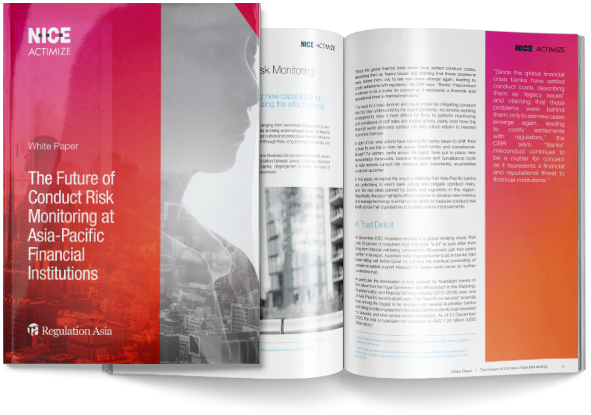
Financial institutions are developing new capabilities for measuring conduct risk and assessing the effectiveness of culture change initiatives.
In recent years, initiatives to foster sound culture and deter misconduct have remained in focus for regulators and financial institutions alike. Culture reform initiatives, however, require a multi-pronged approach – one that considers governance arrangements, incentive systems and remuneration frameworks, staff training and development, and effective top-down and bottom-up communication.
In Singapore, Hong Kong and Australia, efforts are focused on developing new conduct risk metrics and monitoring approaches that can help to determine the effectiveness of culture reform initiatives in driving behavioural change. However, a ‘tick-box’ approach with an overreliance on manual checks is still common in areas where automation would yield better outcomes at a lower cost.




